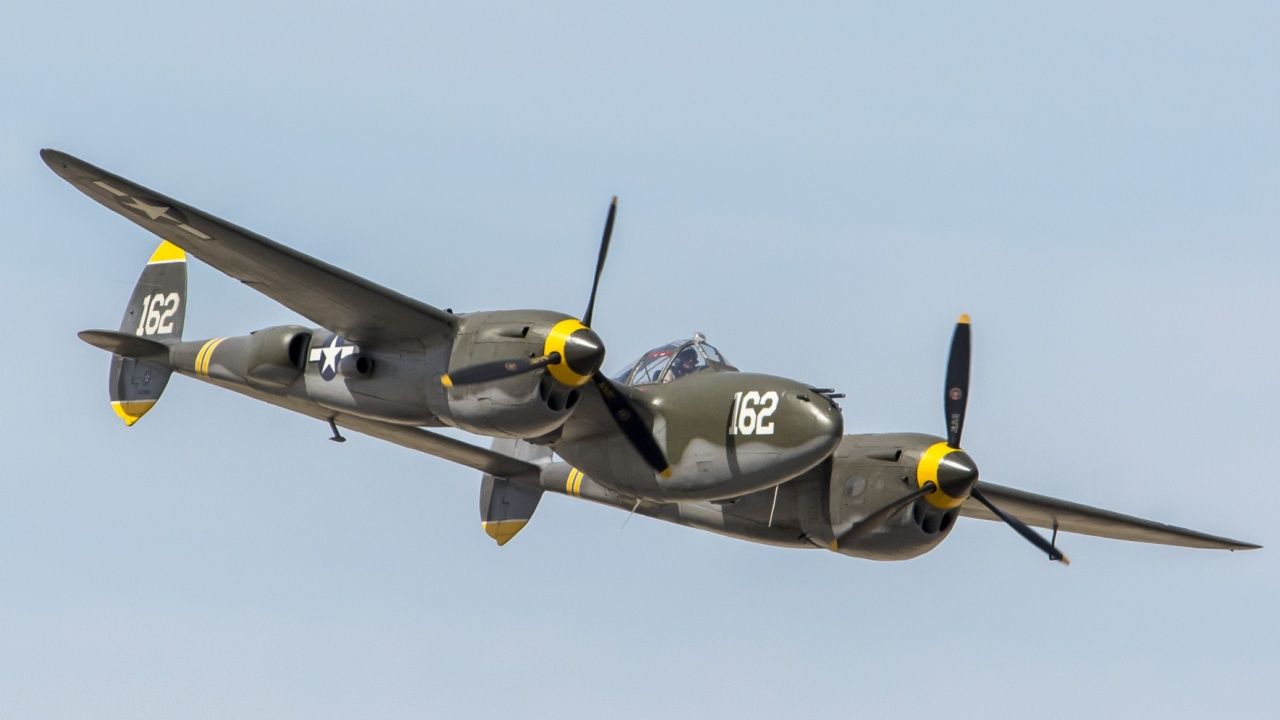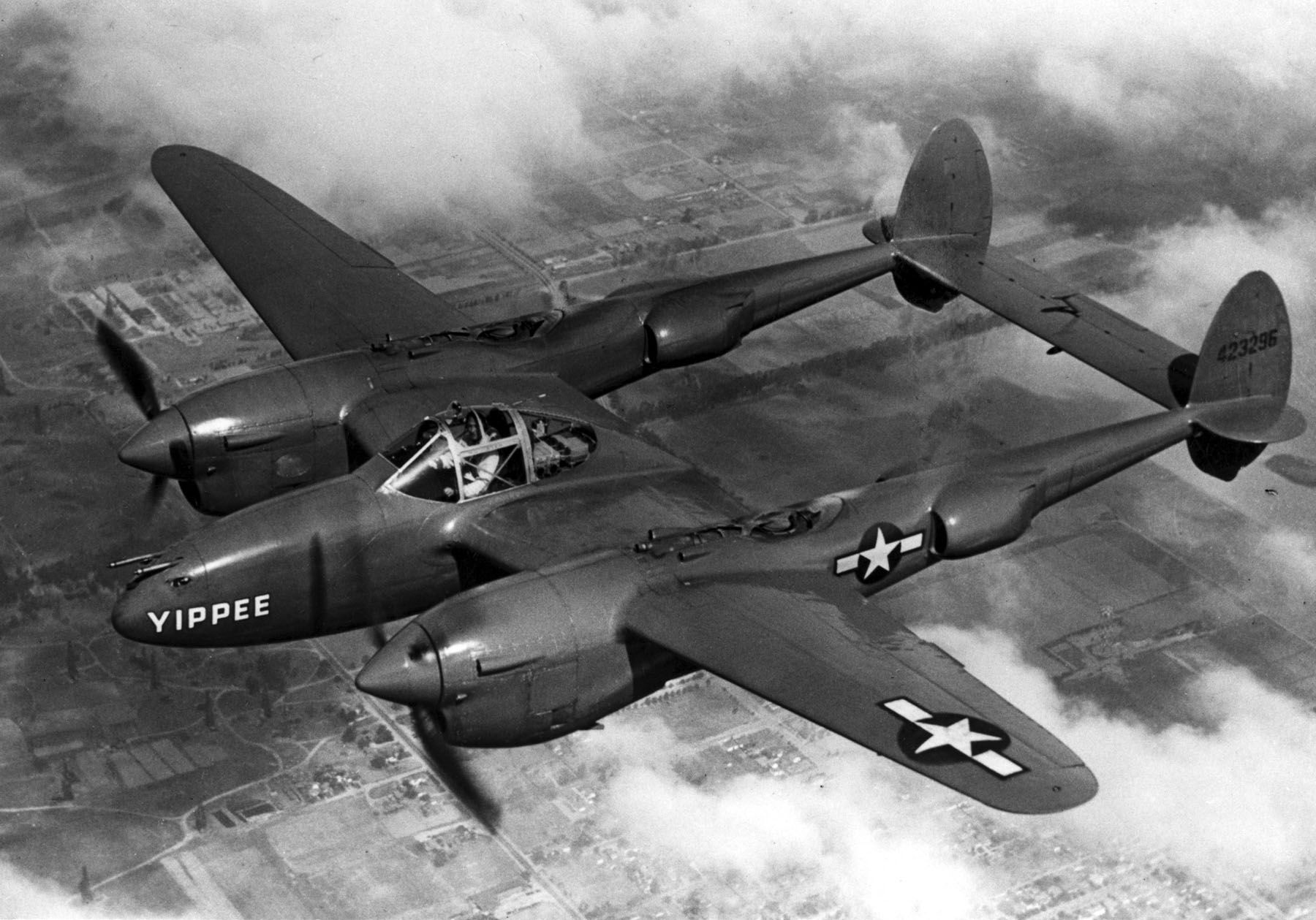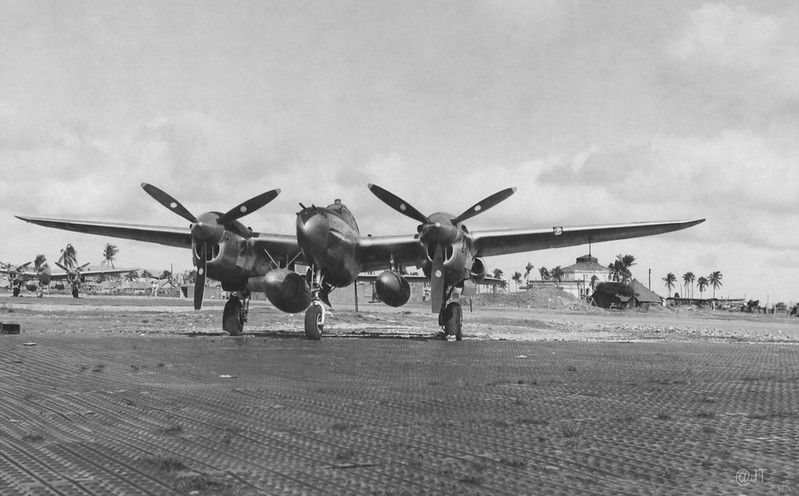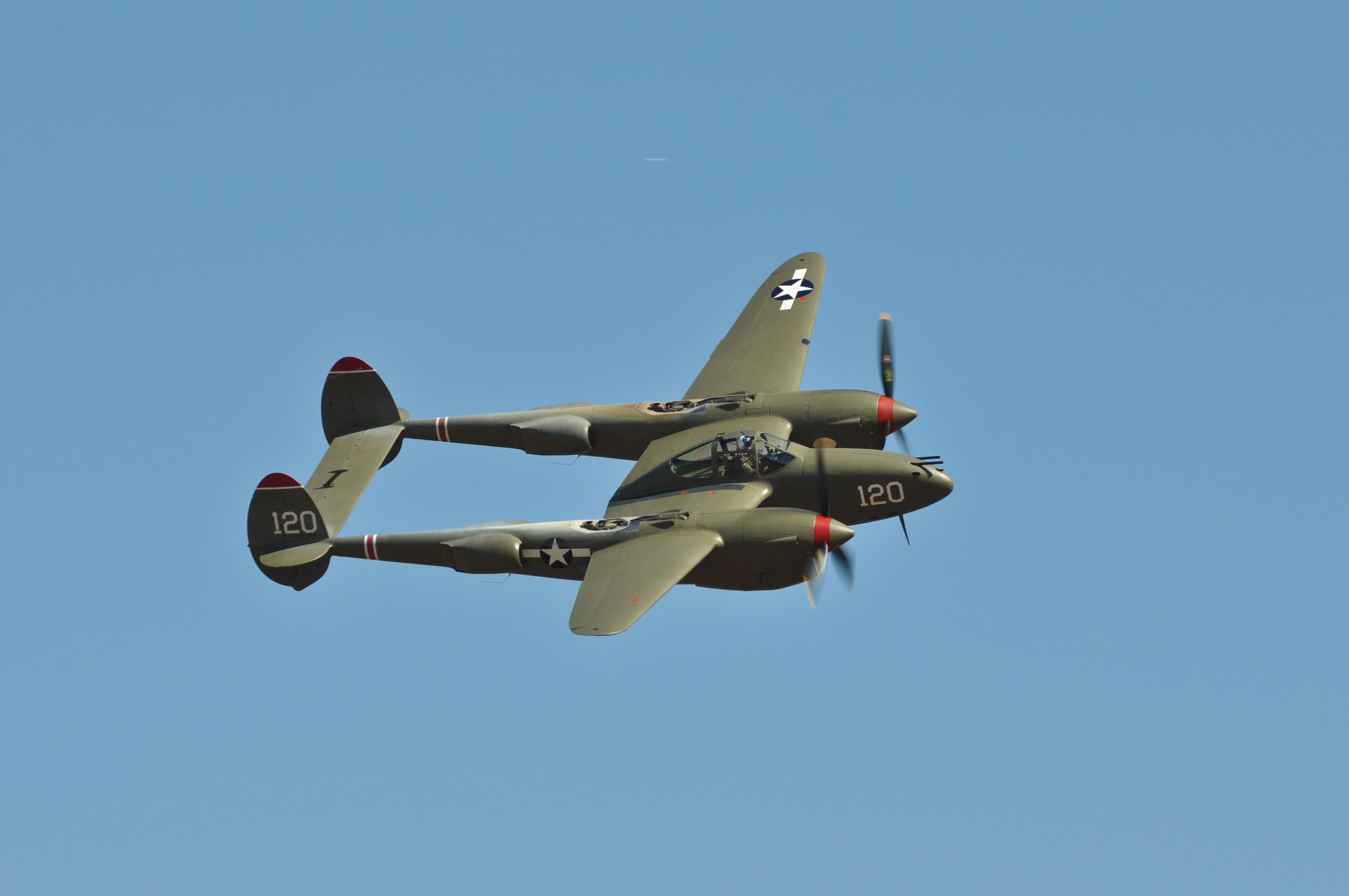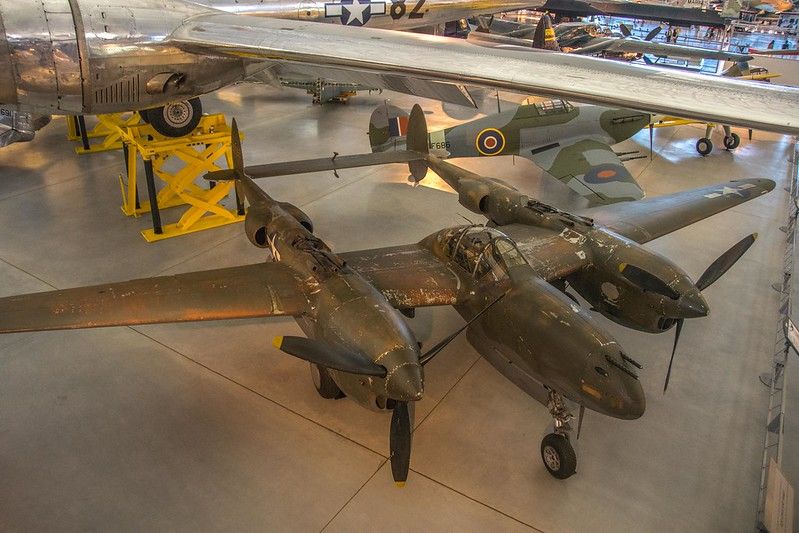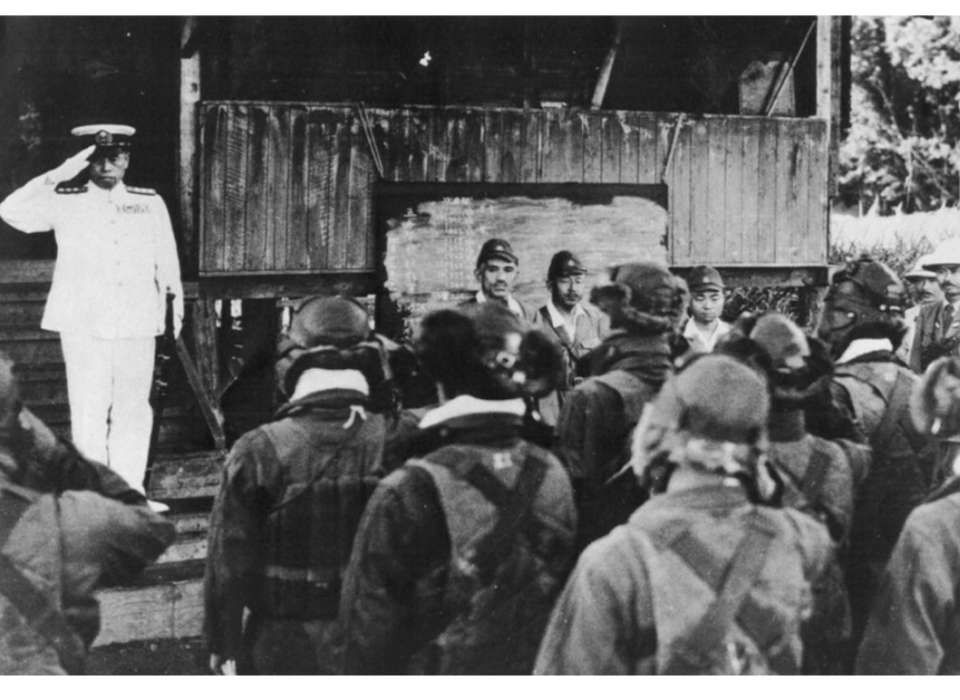Summary
- The P-38 Lockheed was a successful twin-engine fighter, dominating all theaters and missions during WWII.
- Richard Bong secured 40 victories flying the P-38 against the Japanese, solidifying its superior role in the war.
- The P-38 had exceptional range, speed, and armament, excelling in the Pacific theater against Japanese aircraft.
The National Air and Space Museum calls the P-38 Lightning “one of the most successful twin-engine fighters ever flown by any nation.” During American involvement in World War II, the US Army Air Force flew P-38s in Europe, the Mediterranean, and the Pacific. They were also extensively used in aerial reconnaissance, and they are credited with around 90% of American aerial film taken over Europe during the conflict. America’s top ace pilot of the war, Richard Bong, stored 40 victories flying his P-38 against the Japanese.
Lockheed P-38 Lightning – a capable fighter
The Lockheed P-38 Lightning was a single-seat, twin-piston-engined fighter notable for its distinctive twin-boom design. The P-38 was introduced in 1940 and was able to climb to 3,300 feet in just a minute and reach speeds of 400 mph (a whopping 100 mph faster than any other fighter in the world at the time).
Photo: USAF
The P-38 proved itself to be a highly effective fighter-bomber, night fighter, and long-range escort fighter. The P-38 was also employed as a bomber pathfinder to guide medium and heavy bombers to their targets. It was nimble enough to compete with single-engine fighters and large enough to function as a bomber destroyer (and heavy fighter). Lockheed states it could carry a larger payload than the early B-17s.
|
Lockheed P-38 Lightning |
|
|---|---|
|
Armament: |
4x.50-cal. machine guns and one 20mm cannon |
|
Max speed: |
414 mph |
|
Cruise speed: |
275 mph |
|
Range: |
1,300 miles |
|
Ceiling: |
40,000 feet |
|
Weight: |
17,500 lbs (loaded) |
On August 14, 1942, a P-38 Lightning shot down a German Focke-Wulf Fw-200 Condor patrol bomber, marking the first successful American engagement of German aircraft in the war. A couple of years later, the only American pilot in the war to deflect to the Axis did so in a stolen P-38.
Over the course of the war, over 10,000 P-38s were built (including 18 distinct models), and they flew over 130,000 missions in all theaters. In the words of the P-38 test pilot, Colonel Ben Kelsey, “(That) comfortable old cluck would fly like hell, fight like a wasp upstairs, and land like a butterfly.”
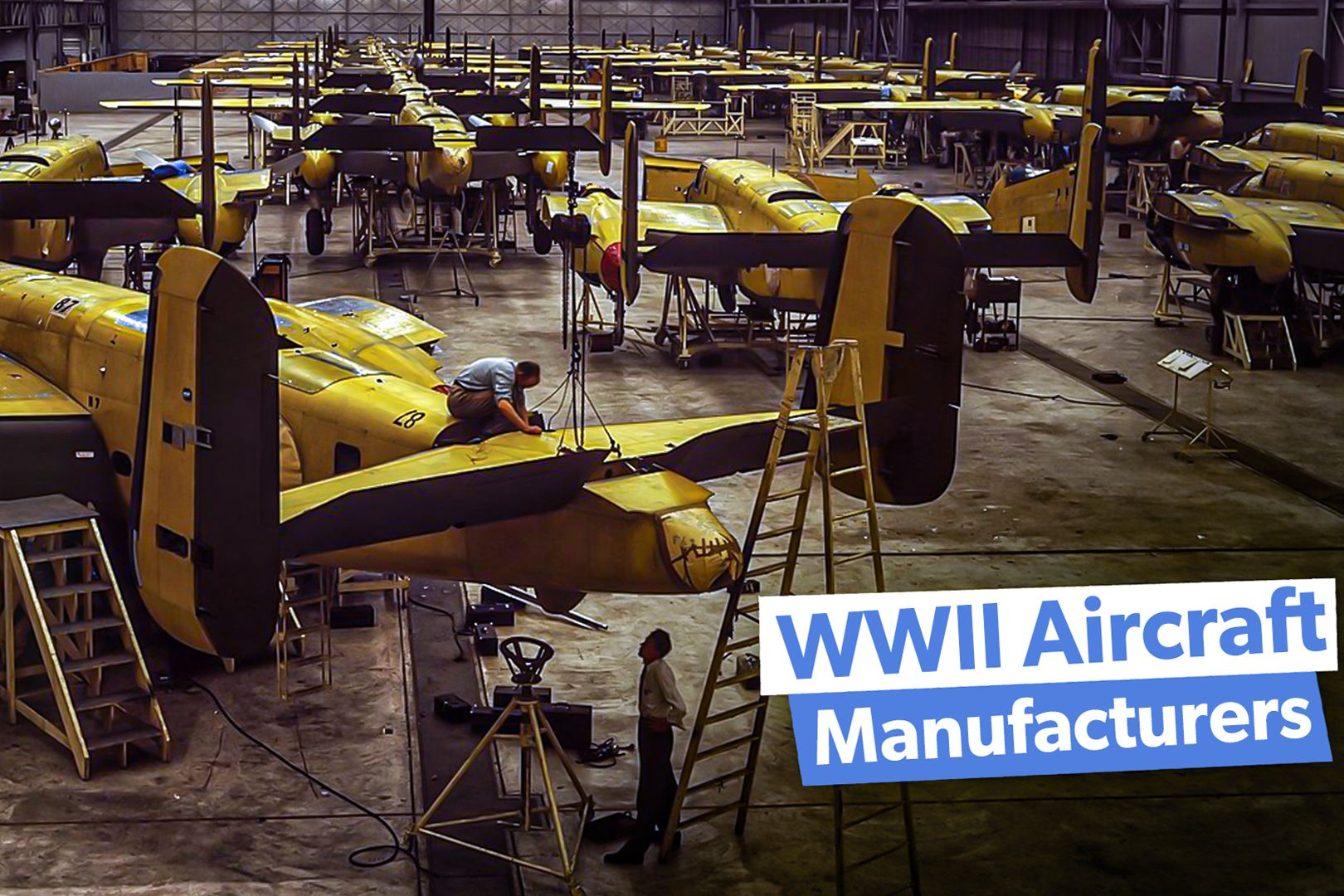
Related
Forgotten History: The Top 5 American Aircraft Manufacturers Of WWII
The incredible industrial might of American aircraft manufacturers helped turn the war against the Axis.
The top US fighter of the Pacific Theater
In the South West Pacific theater, the P-38 was used as the main long-range fighter until P-51D Mustangs could be fielded in large enough quantities. It was the only US fighter that saw large-scale production throughout the American involvement of WW2 all the way to the Victory in the Pacific.
“The Lightning truly shined in the Pacific theater; seven of the top eight scoring USAAF aces in the Pacific flew the P-38. On April 18, 1943, the long range of the P-38 enabled USAAF pilots to ambush and shoot down an aircraft carrying Admiral Isoroku Yamamoto, who was the planner of the Pearl Harbor raid and the commander of the Imperial Japanese Navy. The P-38 became the standard USAAF fighter in the Pacific theater until the closing months of WWII.” – National Museum of the US Air Force
Photo: Brandon Bourdages | Shutterstock
According to Acepilots, all but one of the top eight American aces flew P-38 fighters, with Richard Bong claiming the most (40) victories. He used the superior airspeed and guns to fly directly at his targets. In some cases, he flew through the debris of his stricken targets. On one occasion, he even collided with an enemy aircraft (that was then claimed as a ‘probable’ victory).
|
Name: |
Kills: |
Medals: |
Plane: |
|---|---|---|---|
|
Richard Bong: |
40 |
MH |
P-38 |
|
Thomas McGuire: |
38 |
MH |
P-38 |
|
Charles H. MacDonald: |
27 |
DSC |
P-38 |
|
Gerald R. Johnson: |
22 |
DSC |
P-38 |
|
Neel Kearby: |
22 |
MH |
P-47 |
|
Jay T. Robbins: |
22 |
DSC |
P-38 |
|
Robert Westbrook: |
20 |
– |
P-38 |
|
Thomas J. Lynch: |
20 |
DSC |
P-38 |
The P-38 enjoyed its most successful and extensive use in the Pacific. It was well suited for the long missions required by the vastness of the operations in the Pacific. It was able to escort American bombers and the tropical climate meant that freezing cockpit temperatures were not the problem they were in other theaters. it tightly grouped guns were even more effective against Japanese aircraft than German aircraft.
“Lightning pilots in the Pacific theater downed more Japanese aircraft than pilots flying any other Army Air Forces warplane.” – National Air and Space Museum
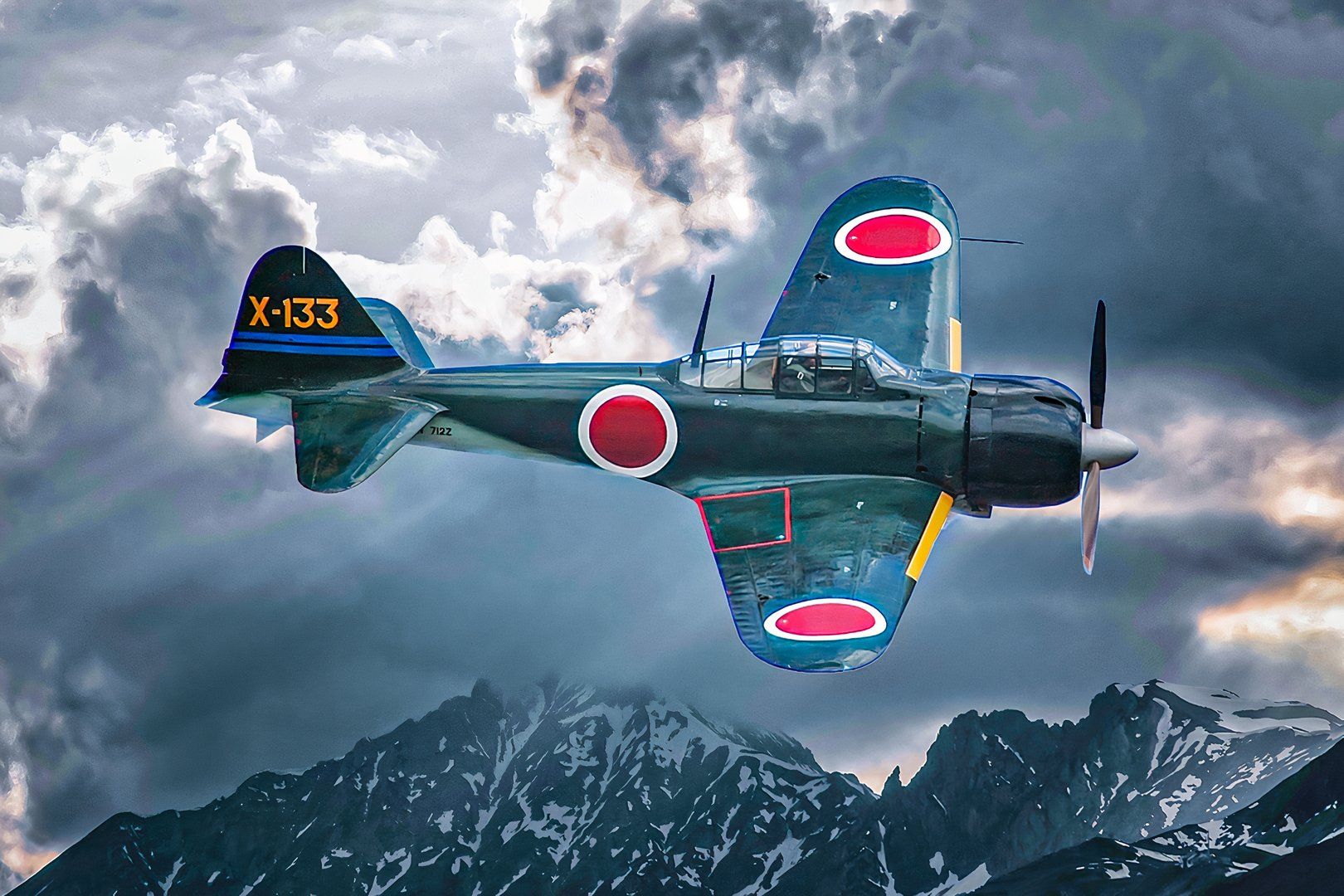
Related
Forgotten History: The Top 5 Japanese Aircraft Of World War 2
The Japanese started the Pacific War with some of the best-in-class aircraft but ended the war building crude, disposable Kamikaze aircraft.
Shooting down Japanese admiral Isoroku Yamamoto
Perhaps the most notable engagement for the P-38 came in 1943 when American codebreakers had learned of a key inspection flight by Japanese admiral Isoroku Yamamoto over the Solomons (he was the mastermind behind the Pearl Harbor attack). The US dispatched 16 P-38 pilots to fly a five-leg, almost 1,000-mile-long mission to shoot him down in Operation Vengeance.
Photo: The National WW2 Museum
The operation took place on April 18, 1943, near Bougainville Island. American pilots claimed to have shot down three twin-engine bombers and two fighters during the engagement (Japanese reports only show two bombers being shot down). Reporting on the death of Yamamoto was a little difficult for both sides. The Japanese did not want to bring attention to the fact that the Americans had killed such a prominent commander. At the same time, the Americans couldn’t say how they knew to intercept and shoot him down without also letting the Japanese know they had cracked their code.

